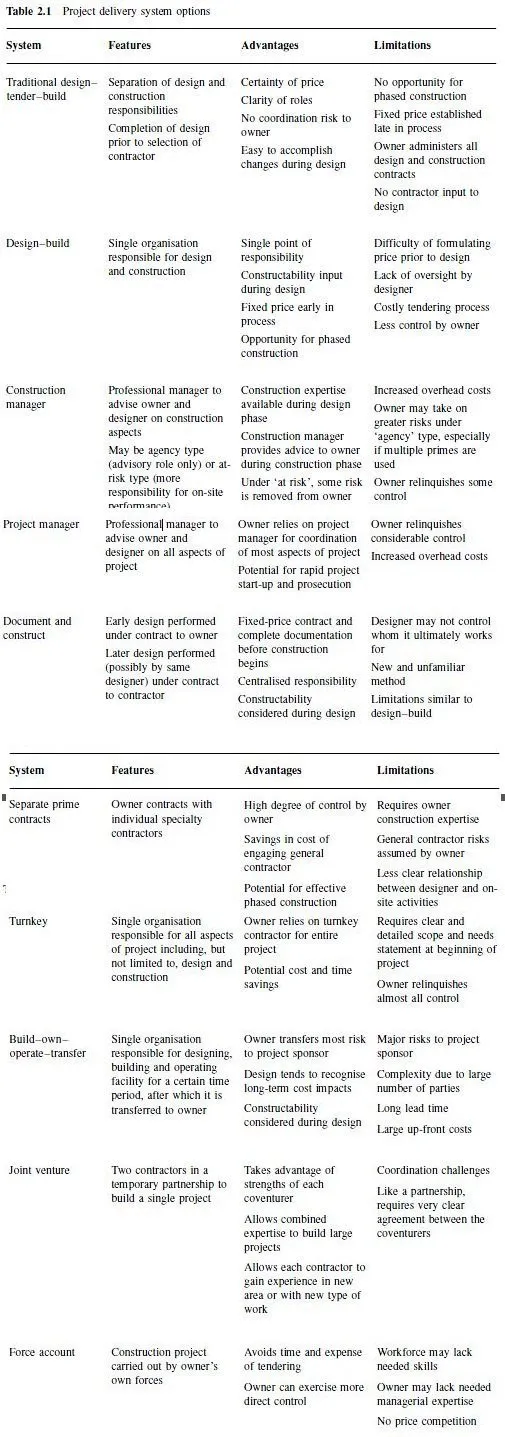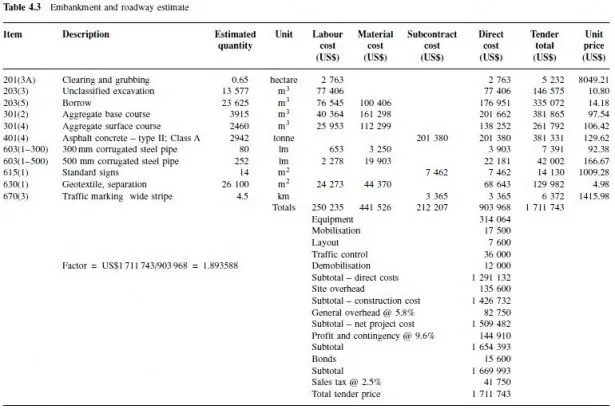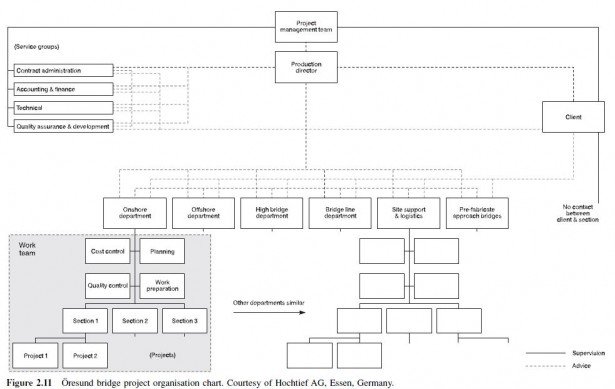In Table 2.1 we show a summary of salient features and some of the benefits and limitations of the several delivery systems described above. The choice for an owner depends on many factors. One source (Project Delivery Systems, 2001) suggests several key issues that must be considered, including speed of execution, schedule delays, change orders, cost control, quality control, owner risk, pre-construction input, level of team communication, importance of a single point of responsibility, the extent that roles and responsibilities are well defined, familiarity with the construction industry, project complexity, level of owner involvement and importance of minimising adversarial situations.
Many investigators have conducted studies of various delivery systems and their effect on project performance criteria. For example, Konchar and Sanvido (1998) compared cost, schedule and quality performance of 351 US building projects completed between 1990 and 1996 using designtenderbuild (33% of the 351 projects), designbuild (44%) and an at-risk construction manager (23%). The designbuild projects had a median cost growth (increase in cost from original estimate) of 2.17%, whereas the median cost growth was 3.37% for the at-risk construction manager projects and 4.83% for the designtenderbuild projects. Schedule growth had median values of 0.0% for both designbuild and at-risk construction manager projects and 4.44% for designtenderbuild. A multivariate analysis found that designbuild projects had unit costs averaging 4.5% less than those for at-risk construction manager projects and 6% less than designtenderbuild, while the unit costs of at-risk construction manager projects averaged 1.5% less than those for designtenderbuild. The multivariate study also compared delivery systems in terms of construction speed (defined as project area per as-built construction duration), finding that the designbuild method resulted in projects 23% faster, on average, than at-risk construction manager projects and 33% faster than designtenderbuild projects. At-risk construction manager projects averaged 13% faster than designtenderbuild projects. A similar study of 332 projects in the UK (Bennett et al., 1996) found that designbuild projects had unit costs that averaged 13% less than unit costs for designtenderbuild projects and construction speeds that averaged 12% faster.


